 Title link takes you to Part 1 of an excellent three part series by Gordon Reid on the history of Korg and its founder, Tsutomu Katoh. Part 1 starts in the early 1960s with the DoncaMatic rhythm machines and ends with the DW Series in 1986. Here are links to Part 2, Part 3. Fascinating reads if you haven't read them before.
Title link takes you to Part 1 of an excellent three part series by Gordon Reid on the history of Korg and its founder, Tsutomu Katoh. Part 1 starts in the early 1960s with the DoncaMatic rhythm machines and ends with the DW Series in 1986. Here are links to Part 2, Part 3. Fascinating reads if you haven't read them before.Their first synth? The Minikorg 700

Image via Sequencer.de's Korg page.
Via SOS:
"Whether by luck or genius, Katoh and his team produced something truly innovative. Taking many of the concepts from the 1970 organ prototype, they broke numerous unwritten rules that decreed that synths should have multiple oscillators, self-oscillating filters, and variable parameters for all the functions on the panel. Instead, the 700 offered oscillator settings such as 'chorus I' and 'chorus II' (which produced rich, swirling tones), and its strange percussion/singing controls created envelopes quite unlike those of the competition. But the little synth's greatest strength was its 'Traveler', a low-pass/high-pass filter section that proved to be extremely intuitive and manageable. Sure, there were limitations, but to concentrate on these was to miss the point entirely. The 700 was stable, it was affordable and, most important of all, it sounded great, eventually numbering players as respected as Kitaro and Vangelis among its users."


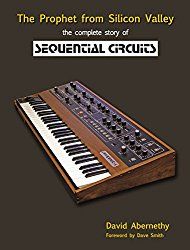
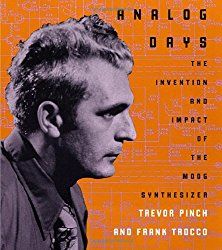
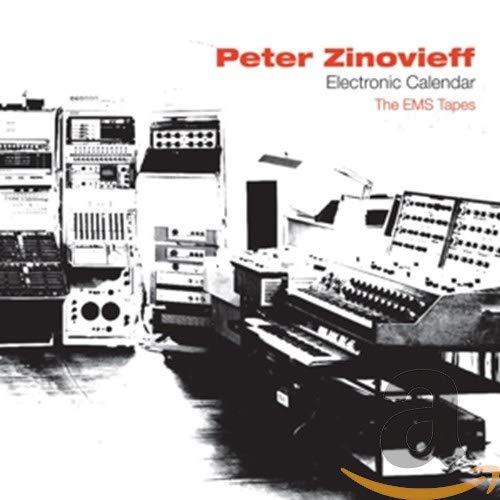
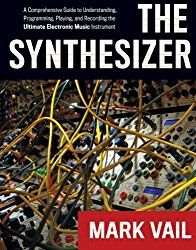
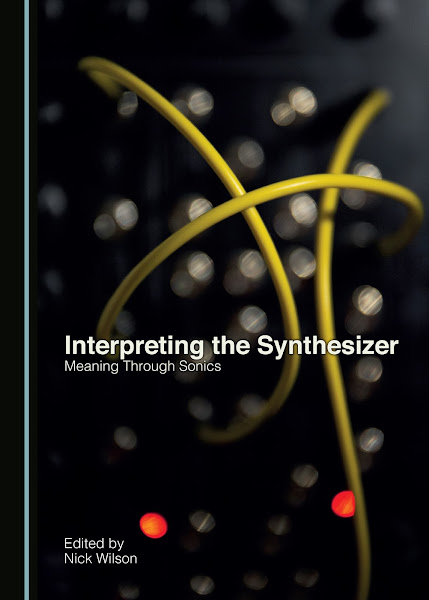
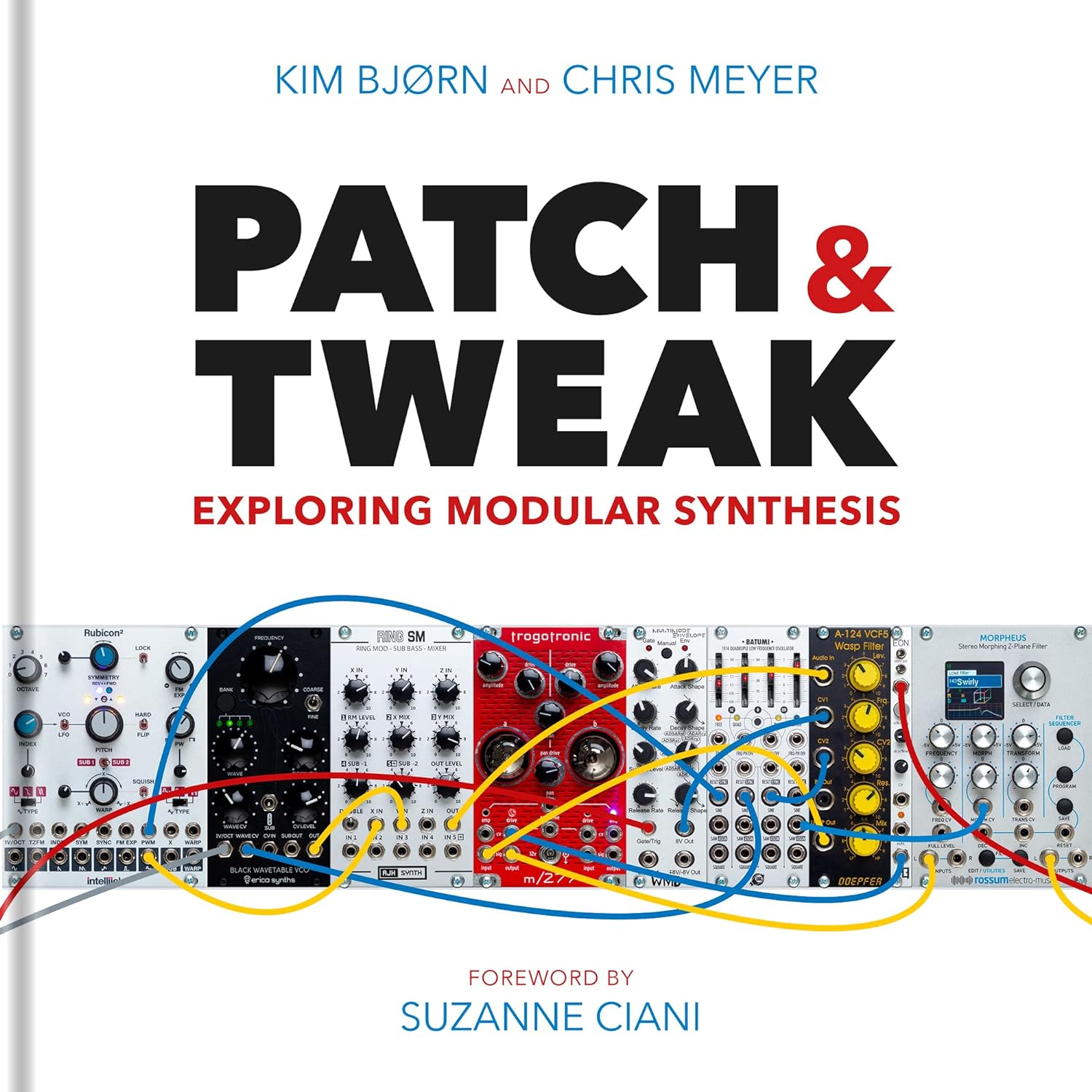
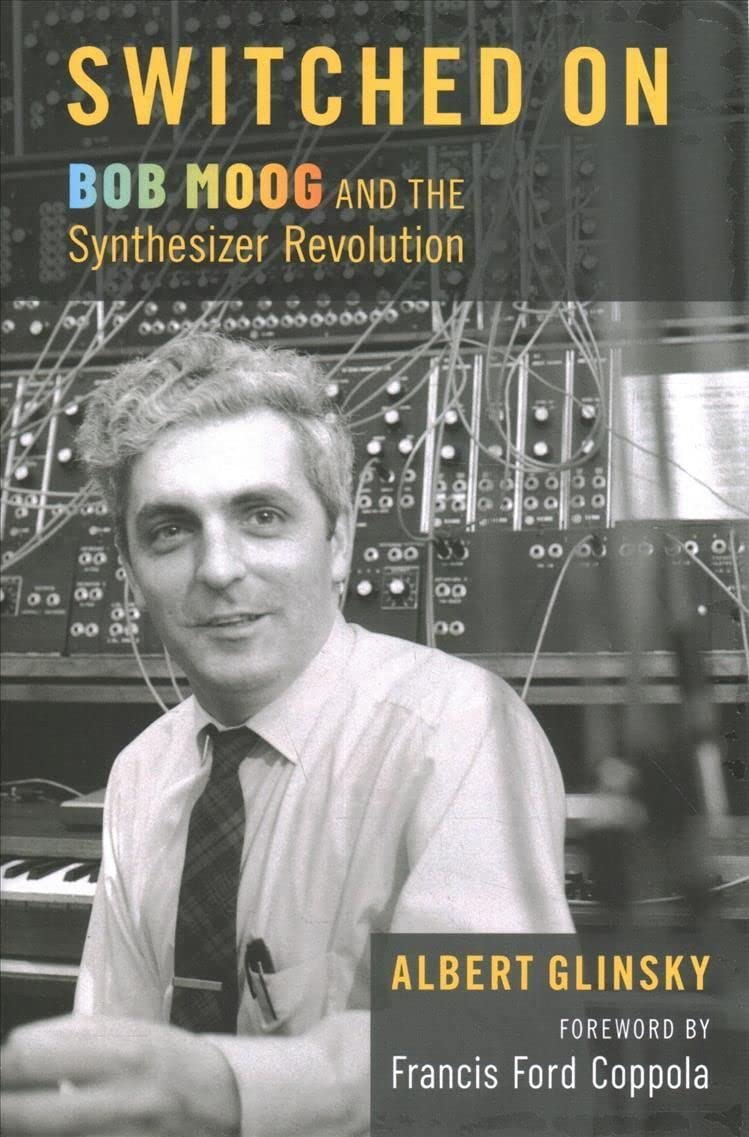
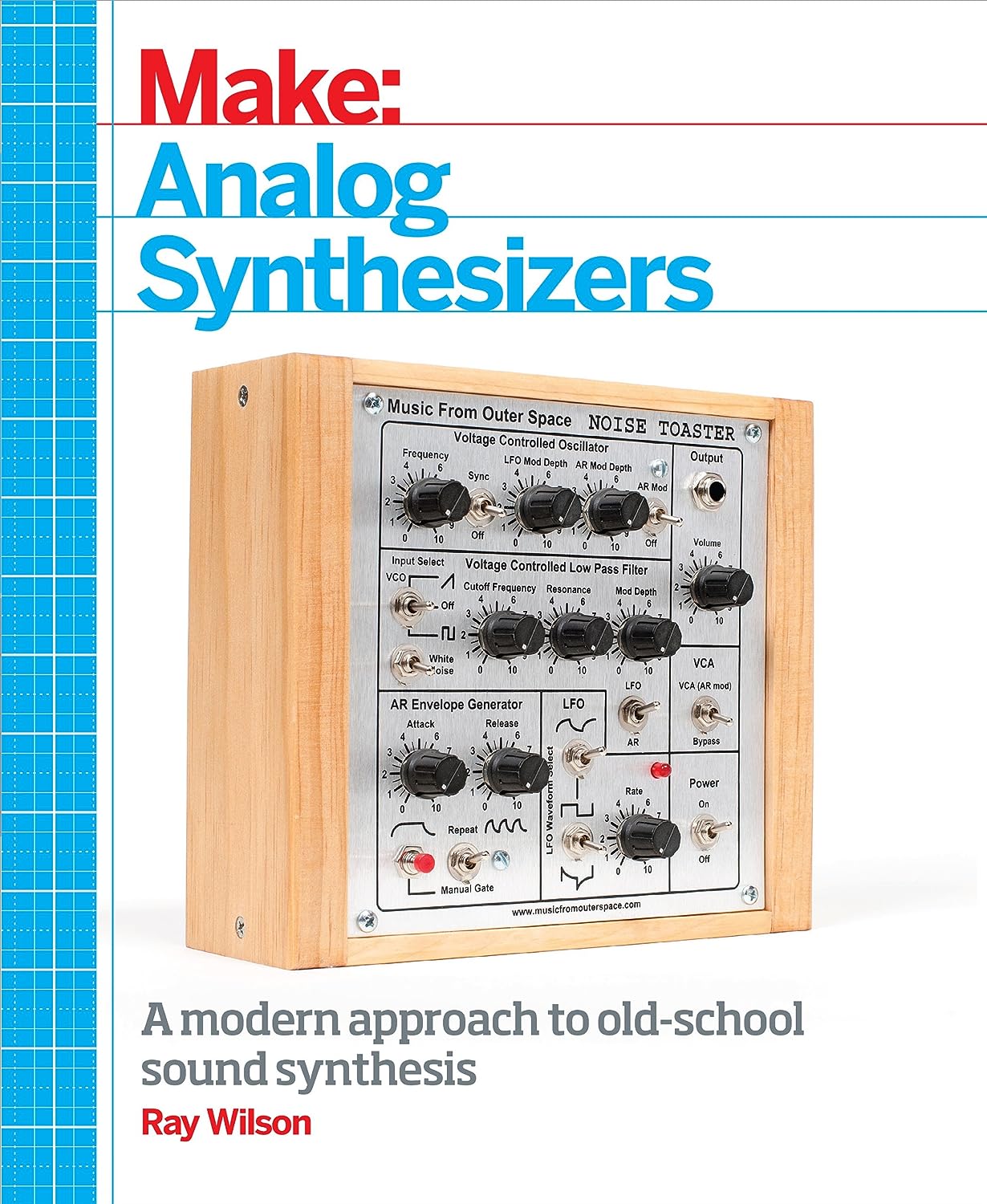
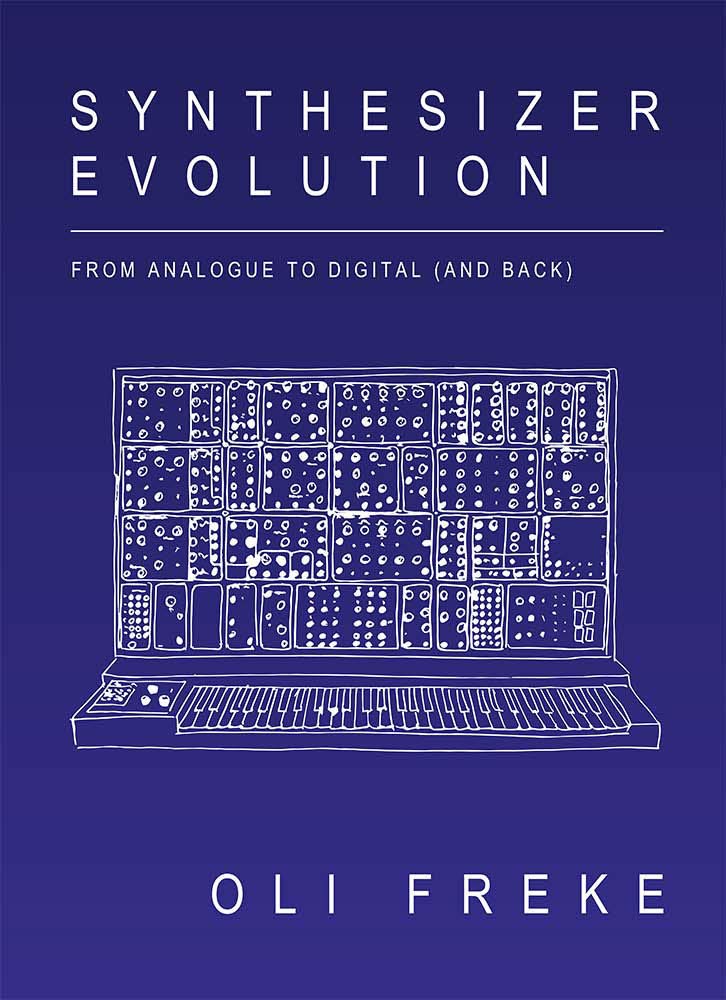
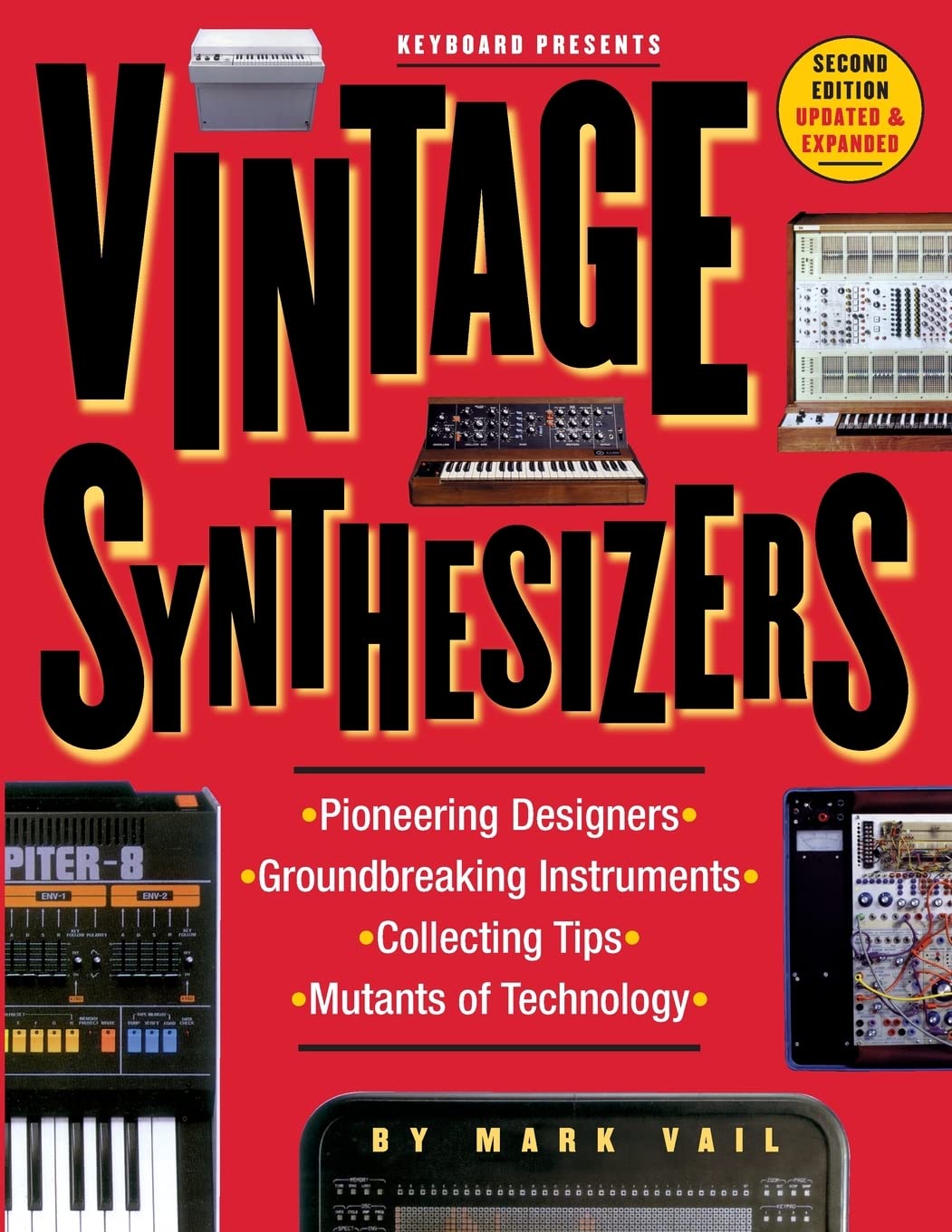

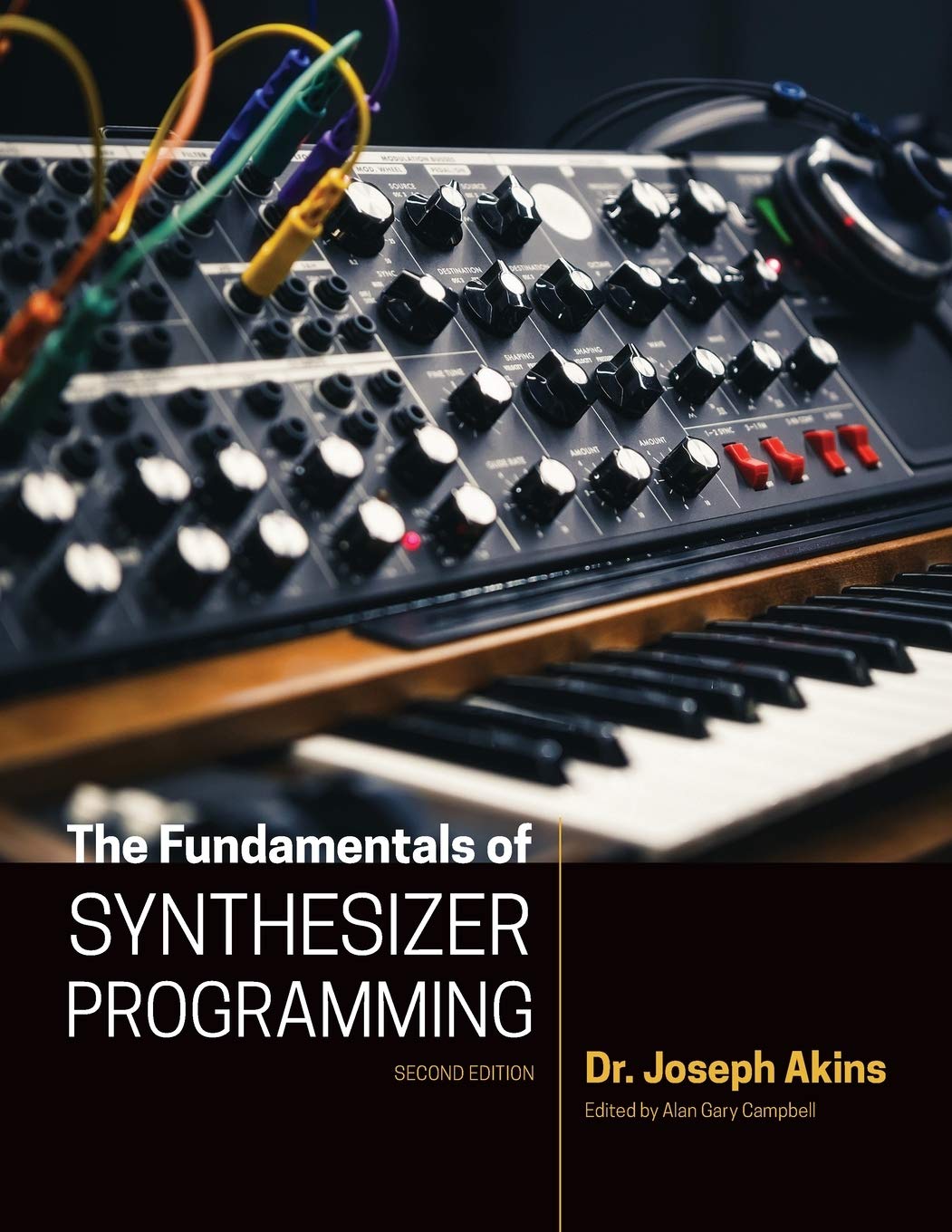
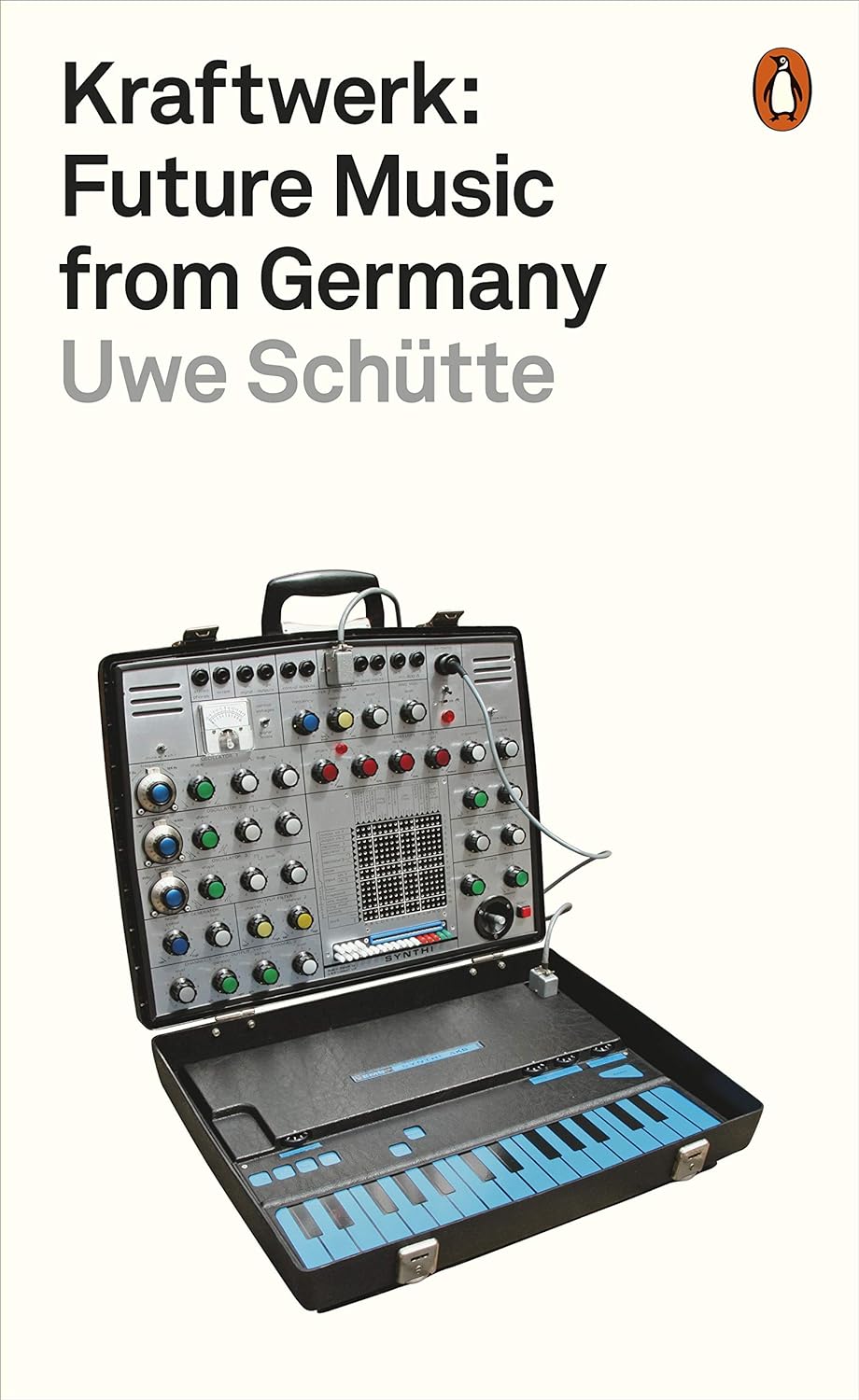













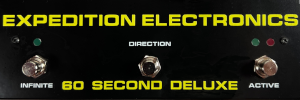
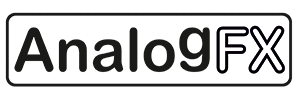









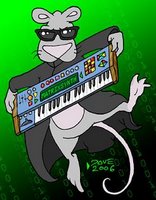
The picture is a Korg 770 not the 700(s).
ReplyDeleteYeah, the Minikorg has the buttons under the keyboard. I might add that the Korg 770 is one of the most unique sounding synths ever built.
ReplyDeleteThanks, post updated. I thought that was the wrong picture; I read the caption wrong and second guessed myself. That and I hadn't seen the 770 before - when I saw it I thought it could have predated what I originally thought was the 700.
ReplyDeleteI love his hair. It's almost David Lynch.
ReplyDeleteFWIW the Chorus was actually PWM. One of the big weaknesses is some features are just switched in or out rather than variable with a pot or slider - the resonance comes to mind. On the other hand their oscillator design sounds different and makes wonderful clear highs that only sound like early Korgs (Kitaro's trademark along with the autobend pitch sweep). And of course the Traveller! (HP and LP filter pair)
ReplyDeleteAlso for what it's worth the 700S can be spotted by the left hand panel controls. The left of the keys panel is blank on the (pictured) 700.
I would guess that the 770 was a response that the 700 was a bit too unusual. Maybe I'm wrong but it would seem to be like something someone in an music shop outside Japan could tick off features against other more espensive synths.